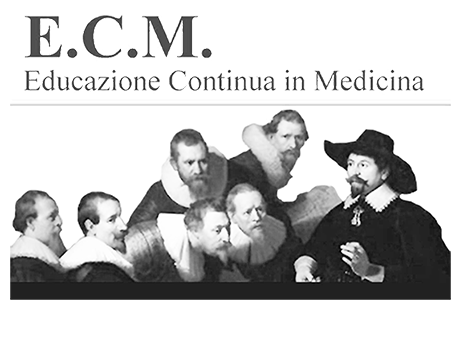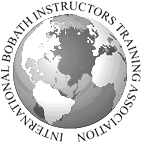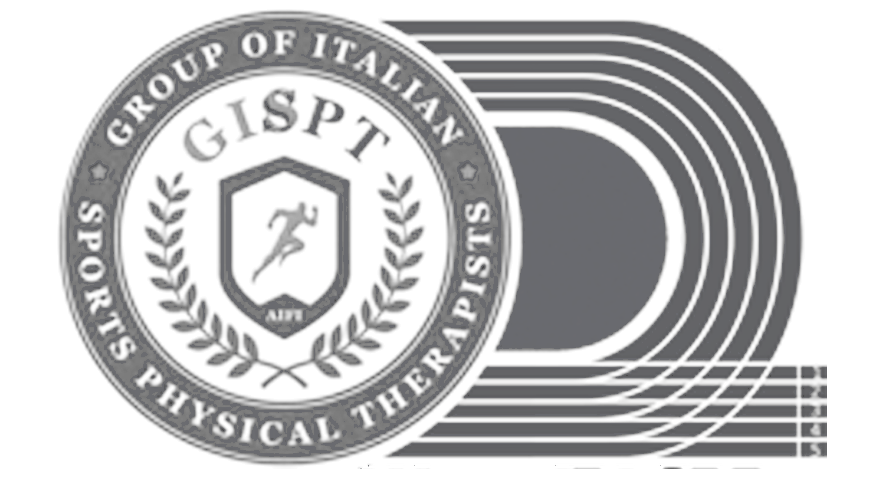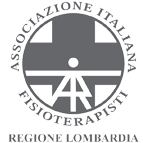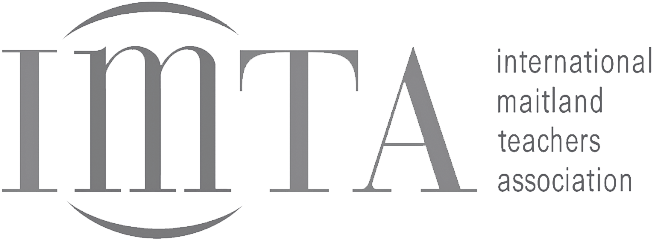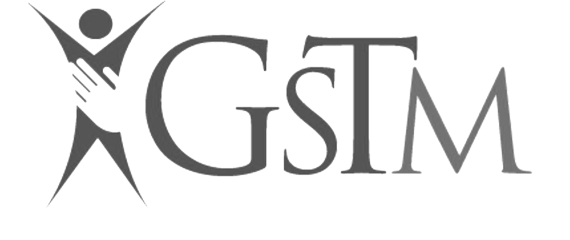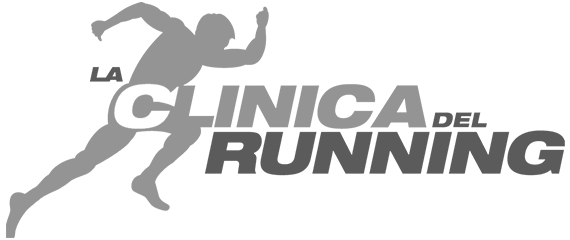September 13, 2024
EM342: WORKSHOP Clinical assessment and rehabilitation of patients suffering from Parkinson's disease: the foundations of individual therapy according to the Bobath Concept
-
Alba MagriPt, IBITA Advanced Course Instructor
INTRODUCTION
An ever-increasing number of scientific studies testify to the effectiveness of rehabilitation treatment in slowing down the worsening of the motor symptoms of Parkinson's Disease. This leads to an immediate improvement in the quality of life of the Parkinsonian patient and to a lesser need to increase the pharmacological dosage in the short-medium term.
The most evident motor symptoms for this category of patients affect the axial part of the body which supports the postural base for the movement of the limbs and transfers in space and are decisive in limiting functionality and autonomy in ADL.
Recent scientific literature indicates the characteristics of the rehabilitation path for Parkinson's patients which should be: early, aerobic, goal-based, cognitive, intensive, multidisciplinary. Some approaches and protocols have been defined and recognized as effective in managing the motor symptoms of Parkinson's disease. The rehabilitation approach according to the Bobath Concept also offers an adequate reference framework for the classification and treatment of the postural and motor problems of the Parkinsonian patient and for the planning of a specific and individualized treatment based on current evidence. The Bobath concept can in fact be defined as a problem solving approach aimed at the evaluation and treatment of people with movement, postural control and function disorders caused by a lesion of the central nervous system. This approach to the rehabilitation of adults with central neurological damage originates from the work of Berta and Karel Bobath and has evolved over the last 60 years. The rationale for its application is rooted in current neuroscientific knowledge relating to motor control, motor learning, neural and muscular plasticity and in current biomechanical knowledge.
Specific objectives:
- Promote the evidence based approach based on updated literature
- Understanding the role of the basal nuclei in motor control and motor learning and the pathophysiology of Parkinson's disease
- Define the postural and motor problems of the parkinsonian patient
- Develop clinical observation to identify the postural/locomotor/motor problems of the patient suffering from Parkinson's disease as a basis for the diagnostic-functional framework and clinical reasoning
- Acquire facilitation techniques (manual, verbal and environmental) to support functional recovery and minimize compensatory strategies in this category of patients
- Develop reflection for the structuring of an individualized, goal-oriented, intensive, aerobic neuromotor treatment
- Understand the importance of the multidisciplinary approach for the management of motor and non-motor problems
- Refine manual skills and implement technical skills
- Support comparison and discussion between participants and teacher and train clinical reasoning
In collaboration with:
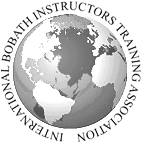
Intended for
Payments
- Deposit €305.00 within 7 days from the registration
- Balance €244.00 by date August 19, 2024
Calendar
language
REGISTRATION EM 343 “PART 1” + EM 342 “PART 2”: €649.00
ATTENTION
The two courses are designed as a single path but can also be attended individually
Course Location: Brescia @Sala Formazione Edumed
SCHEDULE
First day
8.30-9.00 Registration of participants and presentation of course objectives
9.00-11.15 Lesson: The role of the basal nuclei in motor control/learning and clinical framework of Parkinson's disease
11.15-11.30 Coffee break
11.30-12.45 Evaluation and treatment of a patient by the teacher in a collective session
12.45-13.00 Synthesis of clinical reasoning and discussion
1.00pm-2.00pm Lunch
2.00pm-3.30pm Laboratory 1 - Verticality disorders in parkinsonian patients: realignment in the upright position as a first therapeutic and evaluative approach
3.30-3.45pm Coffee breaks
3.45pm-5.15pm Laboratory 2 - The problems of antigravity control of the hip-pelvis system and compensatory strategies to manage the COM-BOS relationship in patients suffering from PD: therapeutic proposals
5.15pm-5.45pm Summary of clinical reasoning, discussion and conclusion of the day
Second day
9.00-10.00: Analysis of the postural and locomotor problems of the patient with Parkinson's disease - clinical examples through videos and images
10.00-11.15 A case report presented through the Model of Bobath Clinical Practice
11.15-11.30 Coffee breaks
11.30-12.45 Evaluation and treatment of a patient by the teacher in a collective session
12.45-13.00 Synthesis of clinical reasoning and discussion
1.00pm-2.00pm Lunch
2.00pm-3.30pm Workshop 3: Using stand-to-sit and sit-to-stand to recover ROM of the hips and lower trunk, strength and length of the lower limbs and strengthen the COM-BOS relationship and ankle strategies
3.30-3.45pm Coffee breaks
3.45pm-5.45pm Workshop 4: Using transfers to train postural control
5.45pm-6.00pm Summary of the day, last questions and discussion.
Third day
8.30-10.00 Practical laboratory 5 - The problems of antigravity control of the upper trunk and the neck-head system in patients with PD: implications on postural control and therapeutic proposals
10.00-11.15 Laboratory 6 - Fixation of the upper limbs and related implications on walking and loss of dexterity: coping strategies
11.15-11.30 Coffee break
11.30-12.45 Evaluation and treatment of a patient by the teacher in a collective session
12.45-13.00 Synthesis of clinical reasoning and discussion
1.00pm-2.00pm Lunch
2.00pm-3.30pm Laboratory 7 - Analysis of some locomotor problems of parkinsonian patients and coping strategies
3.30-3.45pm Coffee breaks
3.45pm-5.30pm Workshop 8 – Back step, changes of direction
5.30-6.00pm ECM practical test and conclusion of the course
